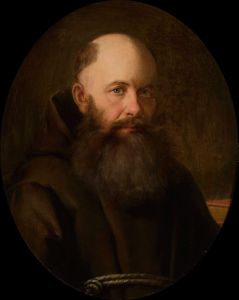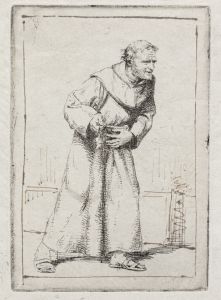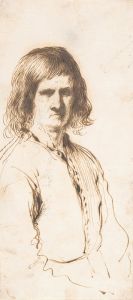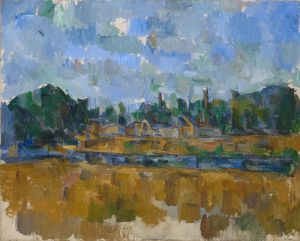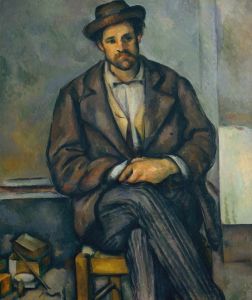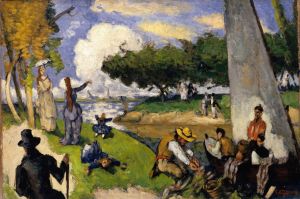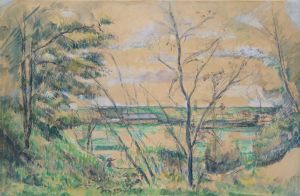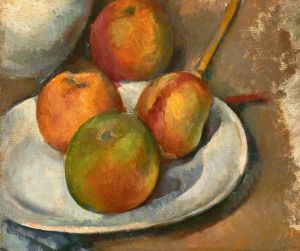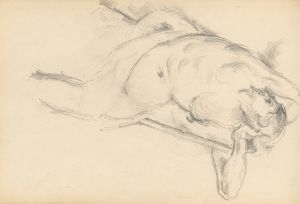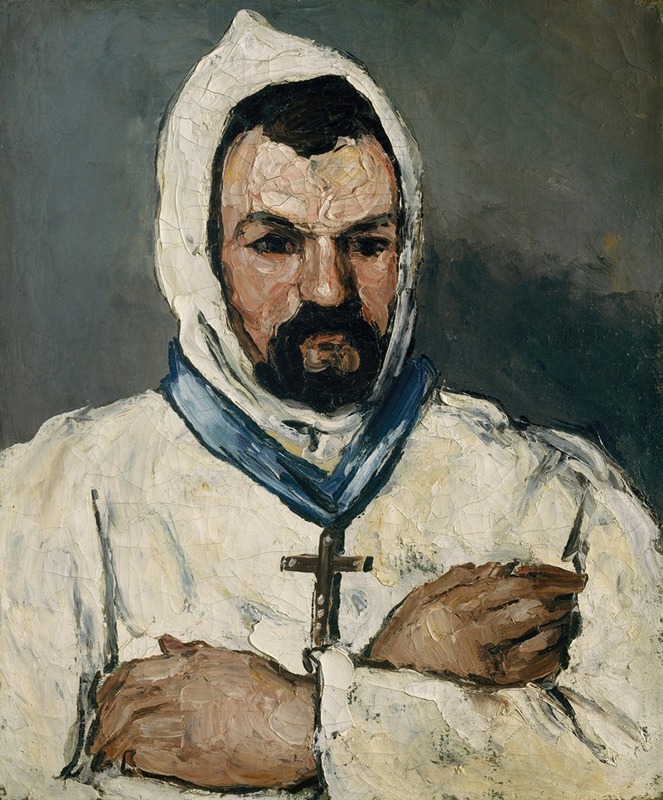
Antoine Dominique Sauveur Aubert , the Artist’s Uncle, as a Monk
A hand-painted replica of Paul Cézanne’s masterpiece Antoine Dominique Sauveur Aubert , the Artist’s Uncle, as a Monk, meticulously crafted by professional artists to capture the true essence of the original. Each piece is created with museum-quality canvas and rare mineral pigments, carefully painted by experienced artists with delicate brushstrokes and rich, layered colors to perfectly recreate the texture of the original artwork. Unlike machine-printed reproductions, this hand-painted version brings the painting to life, infused with the artist’s emotions and skill in every stroke. Whether for personal collection or home decoration, it instantly elevates the artistic atmosphere of any space.
Paul Cézanne, a pivotal figure in the transition from 19th-century Impressionism to 20th-century Cubism, created a variety of works that explored different themes and subjects. One of his notable paintings is "Antoine Dominique Sauveur Aubert, the Artist’s Uncle, as a Monk." This painting is an example of Cézanne's early work, reflecting his interest in portraiture and his evolving style.
The painting depicts Cézanne's uncle, Antoine Dominique Sauveur Aubert, dressed in a monk's habit. This choice of attire is significant as it reflects the artist's interest in religious themes and the use of costume to convey character and mood. The subject is seated, and the composition is relatively simple, focusing on the figure of the uncle. The background is understated, allowing the viewer to concentrate on the details of the figure's expression and attire.
Cézanne's technique in this painting shows his early experimentation with color and form. The brushwork is more restrained compared to his later works, which are characterized by more dynamic and expressive strokes. However, even in this early stage, Cézanne's interest in the underlying structure of his subjects is evident. He uses color to model form, a technique that would become more pronounced in his later works.
The painting is also notable for its psychological depth. Cézanne was known for his ability to capture the essence of his sitters, and this portrait is no exception. The expression of his uncle is contemplative, perhaps reflecting the introspective nature of monastic life. This ability to convey the inner life of his subjects would become a hallmark of Cézanne's portraiture.
"Antoine Dominique Sauveur Aubert, the Artist’s Uncle, as a Monk" is part of a series of portraits Cézanne painted of his family members. These works were important for the artist as they allowed him to experiment with different techniques and approaches to portraiture in a familiar context. Painting family members provided Cézanne with the opportunity to explore the nuances of character and expression without the constraints of commissioned work.
This painting is housed in the Musée Granet in Aix-en-Provence, France, which holds a significant collection of Cézanne's works. The museum is located in Cézanne's hometown, and it plays an important role in preserving and showcasing the artist's legacy. Visitors to the museum can view this painting alongside other works by Cézanne, gaining insight into his development as an artist.
Overall, "Antoine Dominique Sauveur Aubert, the Artist’s Uncle, as a Monk" is an important work in Cézanne's oeuvre. It provides a glimpse into his early style and his approach to portraiture, highlighting his interest in character, expression, and the use of color to define form. This painting is a testament to Cézanne's skill as a portraitist and his contribution to the evolution of modern art.





